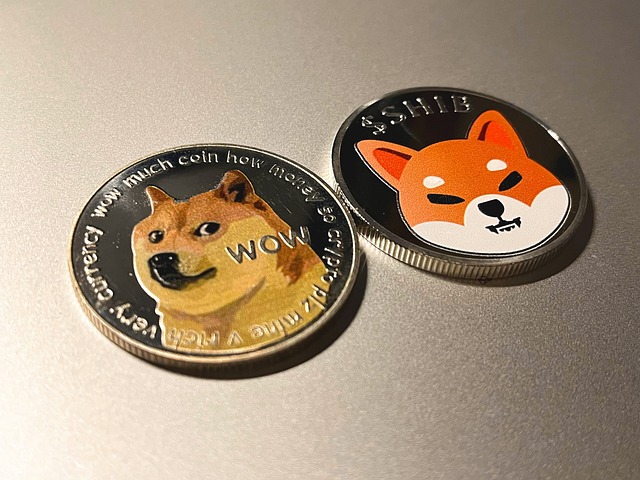
Bitcoin is a decentralized digital currency, created in 2009 by an unknown person or group of people using the pseudonym Satoshi Nakamoto. It was the first cryptocurrency and remains the most well-known. Bitcoin operates on a peer-to-peer network that allows users to send and receive payments without the need for a central authority, such as a bank or government.
Here are some key aspects of Bitcoin:
Blockchain Technology: Bitcoin transactions are recorded on a public ledger known as the blockchain. This technology ensures transparency and security by verifying and recording every transaction on a distributed network of computers (nodes).
Decentralization: Bitcoin is not controlled by any single entity, which means it is resistant to censorship and government interference. This decentralization is achieved through its distributed network of nodes.
Limited Supply: There will only ever be 21 million bitcoins in existence. This scarcity is built into the Bitcoin protocol and is one of the factors that contributes to its value.
Mining: New bitcoins are created through a process called mining, where powerful computers solve complex mathematical problems. Miners are rewarded with newly created bitcoins and transaction fees for their efforts.
Volatility: Bitcoin’s price is known for its volatility, with significant fluctuations in value occurring over short periods. This volatility can be attributed to factors such as market demand, regulatory news, and macroeconomic events.
Use Cases: Bitcoin can be used for various purposes, including as a store of value (often referred to as “digital gold”), a medium of exchange, and a hedge against inflation. It is also used in remittances and online purchases.
Regulation: The regulatory environment surrounding Bitcoin varies by country. Some governments have embraced it, while others have imposed restrictions or outright bans. The legal status of Bitcoin continues to evolve.
Bitcoin’s rise has also paved the way for the development of thousands of other cryptocurrencies, each with its own unique features and use cases.

Ethereum is a decentralized, open-source blockchain system that extends beyond just a digital currency (like Bitcoin). It was proposed by Vitalik Buterin in late 2013 and launched in 2015. Ethereum’s primary innovation is its support for smart contracts—self-executing contracts with the terms of the agreement directly written into code. This enables developers to build decentralized applications (dApps) on top of the Ethereum blockchain.
Here are a few key components of Ethereum:
Ether (ETH): Ether is the native cryptocurrency of the Ethereum network. It’s used to pay for transactions and computational services on the network, often referred to as “gas.”
Smart Contracts: These are programs stored on the blockchain that automatically execute when specific conditions are met. They run exactly as programmed, eliminating the need for intermediaries.
dApps (Decentralized Applications): dApps are applications built on a decentralized network. Ethereum provides the infrastructure to develop these apps, and they operate without centralized control.
Ethereum Virtual Machine (EVM): The EVM is the decentralized computer that runs the code of smart contracts. Every node in the network runs the EVM, ensuring that the same smart contract executes the same way everywhere.
Ethereum 2.0 (Eth2): Ethereum is undergoing a major upgrade known as Ethereum 2.0. This upgrade introduces proof-of-stake (PoS) instead of proof-of-work (PoW) to make the network more scalable, secure, and sustainable.
Gas Fees: Users need to pay gas fees in ETH to conduct transactions or execute smart contracts. These fees compensate miners or validators for securing and processing the transactions.
DeFi (Decentralized Finance): Ethereum is the backbone of the DeFi movement, which aims to provide traditional financial services (lending, borrowing, trading) through decentralized protocols, without intermediaries like banks.
Ethereum has become a fundamental platform for the broader blockchain ecosystem, including innovations like NFTs (Non-Fungible Tokens) and decentralized autonomous organizations (DAOs).

Dogecoin (DOGE) is a cryptocurrency that started as a joke in December 2013 but has since grown into one of the most popular and widely recognized digital currencies. Created by software engineers Billy Markus and Jackson Palmer, it was initially intended to be a lighthearted, fun alternative to Bitcoin, inspired by the “Doge” meme featuring a Shiba Inu dog.
Here are key aspects of Dogecoin:
Origin and Purpose: Dogecoin was created as a parody of the explosive rise of cryptocurrencies, particularly Bitcoin, with a friendly and humorous approach. It quickly developed a loyal online community and gained popularity for its use in tipping and charitable donations.
Technology: Dogecoin is based on Litecoin’s technology and uses a Proof-of-Work (PoW) consensus mechanism. However, unlike Bitcoin, Dogecoin has a faster block time (1 minute compared to Bitcoin’s 10 minutes), which results in quicker transactions.
Unlimited Supply: One major difference from Bitcoin is that Dogecoin has no maximum supply. This means that there is no cap on the total number of DOGE that can be mined, which contributes to its low price per coin and inflationary nature. In contrast, Bitcoin’s supply is limited to 21 million coins.
Mining: Dogecoin uses the Scrypt algorithm (like Litecoin), making it more accessible for users with standard hardware compared to Bitcoin’s SHA-256 mining process. Dogecoin can be mined individually or as part of a merged mining process with Litecoin.
Community and Popularity: Dogecoin has a strong, active online community, which has organized notable charitable events and sponsorships, such as funding the Jamaican bobsled team’s trip to the 2014 Winter Olympics and sponsoring a NASCAR driver.
Celebrity Endorsement: Dogecoin gained massive popularity in recent years due to endorsements and mentions from high-profile figures, especially Elon Musk, CEO of Tesla and SpaceX, who frequently tweets about Dogecoin, driving up its price and visibility.
Use Cases: While Dogecoin doesn’t have the advanced features of blockchains like Ethereum (e.g., smart contracts), it has been widely used for tipping content creators, small online transactions, and charitable causes, thanks to its low transaction fees and friendly community.
Market Impact: Despite its origins as a joke, Dogecoin has seen significant price surges, often driven by social media hype. It reached new heights in 2021, making it one of the top cryptocurrencies by market capitalization.
Dogecoin’s lighthearted approach and vibrant community continue to play a role in its staying power, even as more serious blockchain projects emerge.
